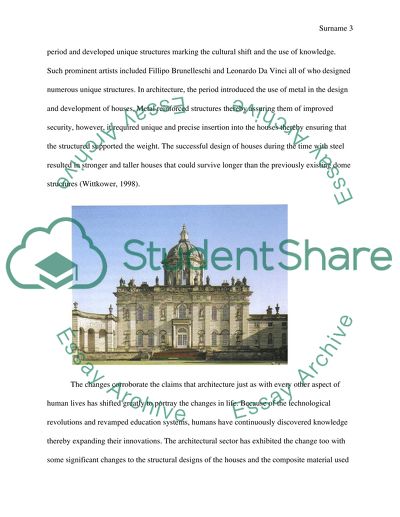Cite this document
(“The shift from the Renaissance to Baroque Essay”, n.d.)
Retrieved from https://studentshare.org/architecture/1484038-the-shift-from-the-renaissance-to-baroque
Retrieved from https://studentshare.org/architecture/1484038-the-shift-from-the-renaissance-to-baroque
(The Shift from the Renaissance to Baroque Essay)
https://studentshare.org/architecture/1484038-the-shift-from-the-renaissance-to-baroque.
https://studentshare.org/architecture/1484038-the-shift-from-the-renaissance-to-baroque.
“The Shift from the Renaissance to Baroque Essay”, n.d. https://studentshare.org/architecture/1484038-the-shift-from-the-renaissance-to-baroque.


